The Importance of Breath
Hope, Creativity, Inspiration, and the Collective Breath
I feel like we all collectively let out a big exhale last week. We’ve been holding our breath for the last few years, waiting for each next big punch to the gut. And perhaps we’re not quite ready to take in a big inhale or breathe easy yet — there’s a long road ahead of us — but at least we can let out all that rancid stagnant air and take in a fresh gulp.
“Dum spiro spero” - “As I breathe, I hope” (Adobe Stock)
Breath. It’s the autonomic function that feeds all our cells with life-giving oxygen. Inspiration. I’ve always loved how “inspiration” in a physiological or medical setting talks about the literal action of breathing in, but the more common use of “inspiration” is metaphorical: sudden creativity or some stimulation to act. It comes from the Latin “inspirare” (which means “to breathe in”), and is not far off in sound from the Latin “sperare” which means “to hope.” “Sperare” is the origin of “esperanza” (Spanish), “espérer” (French), and “speranza” (Italian). And all of these words mean hope.
Put together “spirare” (to breathe) and “sperare” (to hope) and you get the common Latin phrase, “dum spiro, spero” (“as I breathe, I hope”).
And so, in my mind, hope and breath and creativity and action are all intertwined.
But there’s another layer of breath that I want to explore, and it comes from my ten (intermittent) years of practicing yoga. I started practicing yoga around my college graduation because, as some people put it, I needed to “chill the fuck out.” I’ve practiced yoga on and off for the past decade, exploring vinyasa and yin and Bikram and yogalates and many other practices. But no matter the yoga modality, there was a constant drive through each practice: the breath.
Sometimes it was called “prana” (Sanskrit for “breath,” “life force,” or “vital principle”), or sometimes “pranayama” (“breath control” — meaning a breath exercise), but just as often it was simply called “breath.” It was the rhythm that we followed as we flowed through the movements. It was the ocean sound ujjayi breath that we tuned into when we worked to maintain control. It was the lion’s breath sigh that helped us let go of tension. For every movement, for every moment, there was the breath. Even in the quietest moments of meditation when my thoughts turned deeply inward, there was the metronome of my heart and my breath in my chest.
Adobe Stock image
And yet for all that stillness, for all that quiet, as Amanda Gorman said in her inaugural poem, “We’ve learned that quiet isn’t always peace.” That line rang inside me. How many times have I asked a question and heard unsettling silence? How many times have I bitten my tongue so that I wasn’t perceived as difficult, or because I was worried I would say the wrong thing? How many times have I practiced stillness and quiet and still have not found peace?
Peace is not something you find, but something you practice, alongside breath and hope and creativity and inspiration. Peace is not always quiet. It can be found in a noisy coffeeshop or a rattling train or a busy sidewalk or streets that echo with unified voices. It is a feeling of resonance with your own authenticity, your own vibrance. Peace is not silent. Even in the quietest moment of peace, there is your breath, and your heart that beats, “I am.”
Our breaths are not limited to ourselves. We’ve seen this with the pandemic: we wear masks to limit the spread and have conducted studies to map particle movements in the air. We do not breathe in a vacuum. Our breaths may carry deadly viruses or poisonous ideas, or our breaths may carry inner truths and hope and calls for justice. Or our breaths may simply forge a connection — one thin thread of ideas shimmering in the air to knit two people together. “Thank you.” “I love you.” “I’m sorry.” “I’m listening.” “I want to help.”
At the start of the year I began a thirty day yoga journey. When I started, I was out of practice. I was breathing hard and my body wouldn’t bend and my mind raced with all the mundane anxiety-inducing chatter. But as I’ve practiced, I’ve found my breath. My body has remembered how to bend. My mind has calmed a little. But this has all taken daily practice — something I could not cultivate when I sporadically chased after intense yoga practices on an infrequent basis.
Breath. Peace. Creativity. Inspiration. Hope.
And while that’s all nice in terms of individual gains, I’m challenging myself this year to expand my perspective. Something new that I want to associate with my breath is my community. The collective exhale and sigh of relief. The collective voice. But also, the interpersonal breaths. Like the time that my friend said, “Knowing that you’re doing this challenge too has encouraged me to keep doing it. It makes me feel connected to you even if we’re not together.” Or the time someone else said, “I did a yoga video this week and I thought of you!” And suddenly things shifted in my mind: We may be apart, but we are still practicing together.
Perhaps I’m late to the game. Perhaps everyone else has already figured this out already. But it really is the collective breath that gives us life, energy, hope, creativity, and inspiration.
So I would like to edit that old Latin adage of “Dum spiro, spero” to “Dum spiriamo, speramus.”
As WE breathe, WE hope.











Pilot Mountain State Park in North Carolina is a popular place for hikers and runners, and is one of my favorite spots. It is close to Winston-Salem and has a very distinctive profile that lends it nicely as a landmark for navigation, and can be easily seen from some places in the Blue Ridge Mountains.